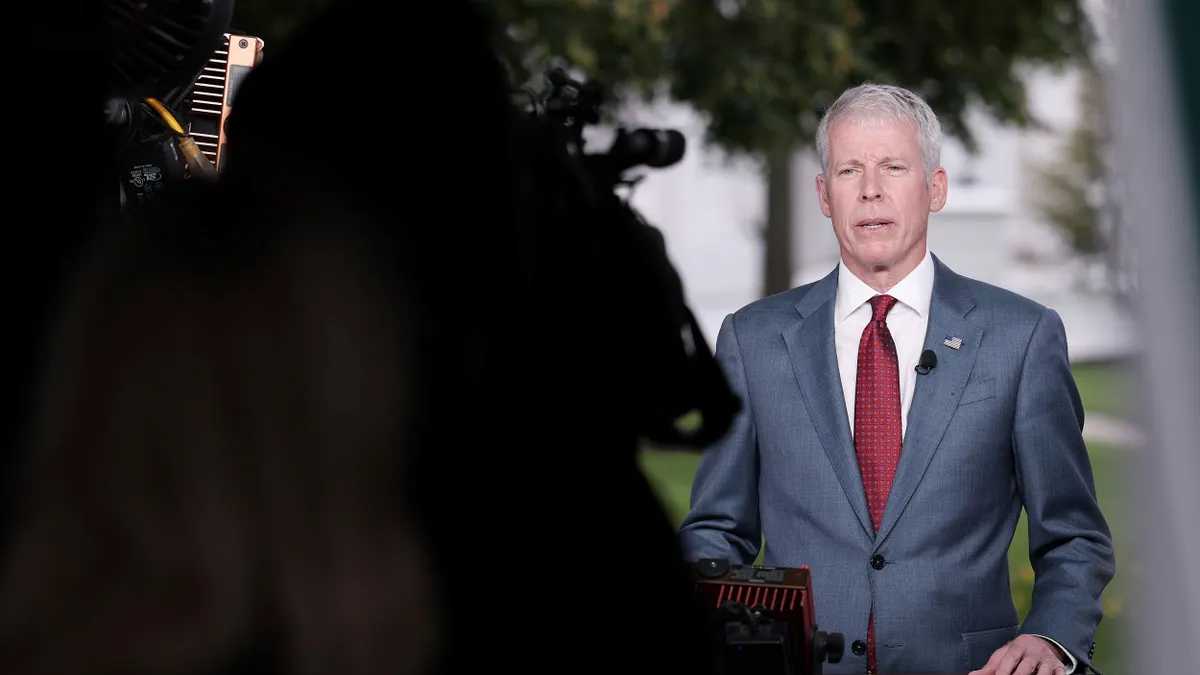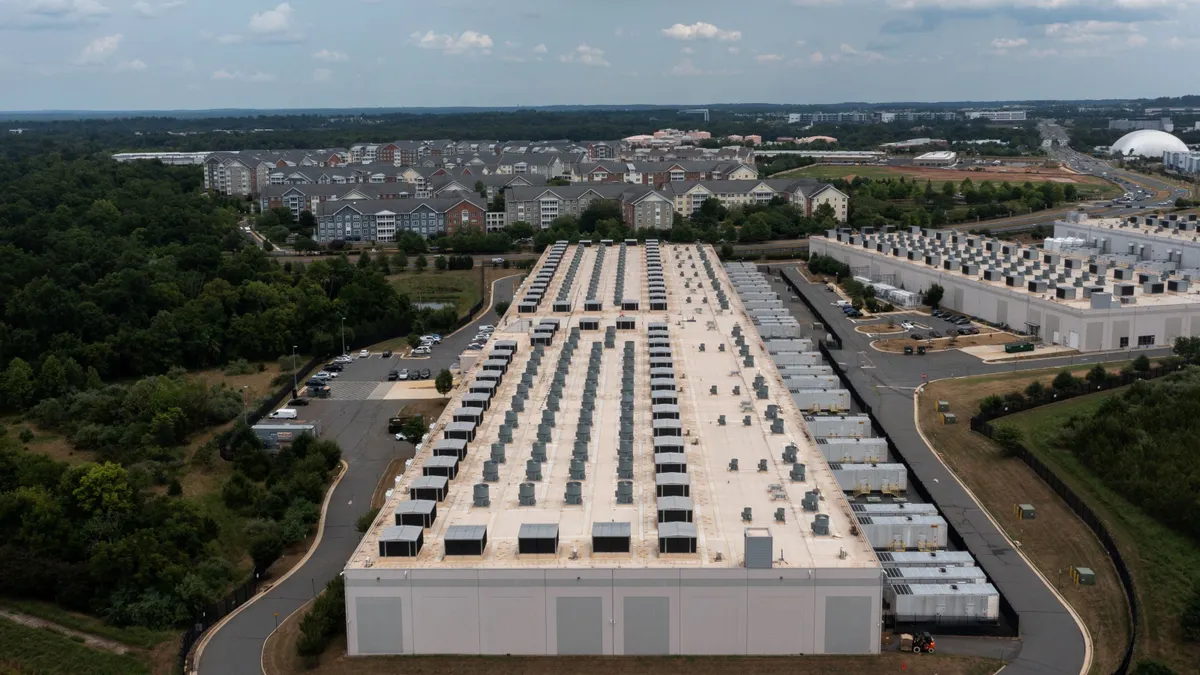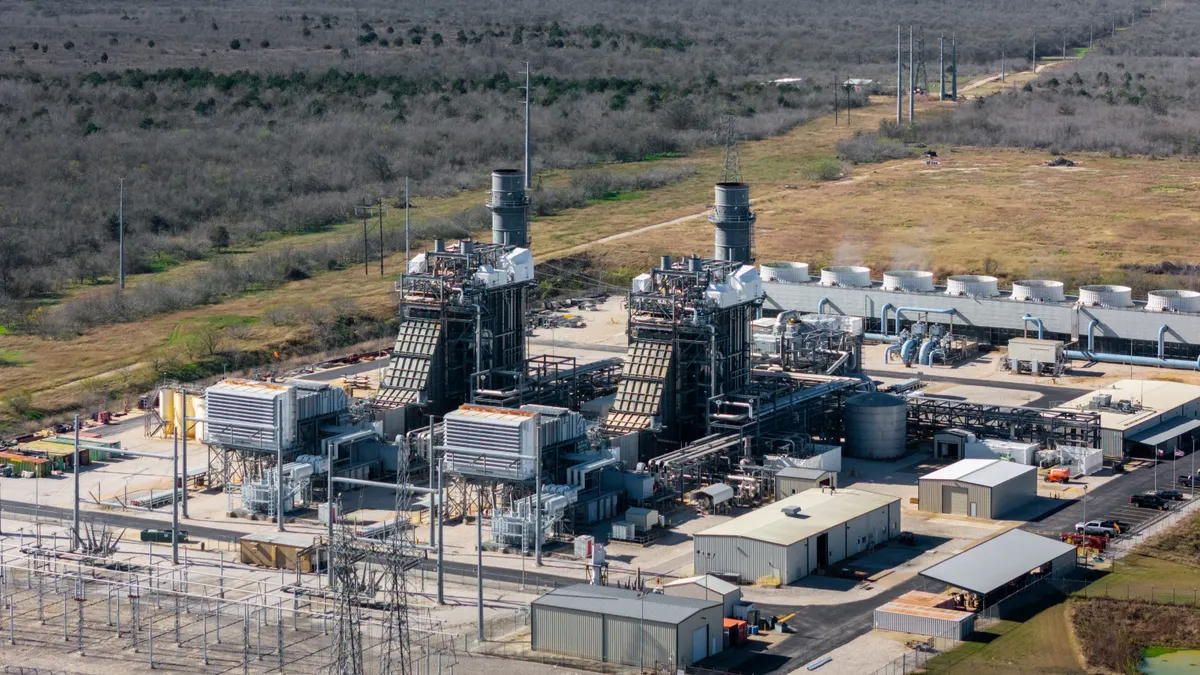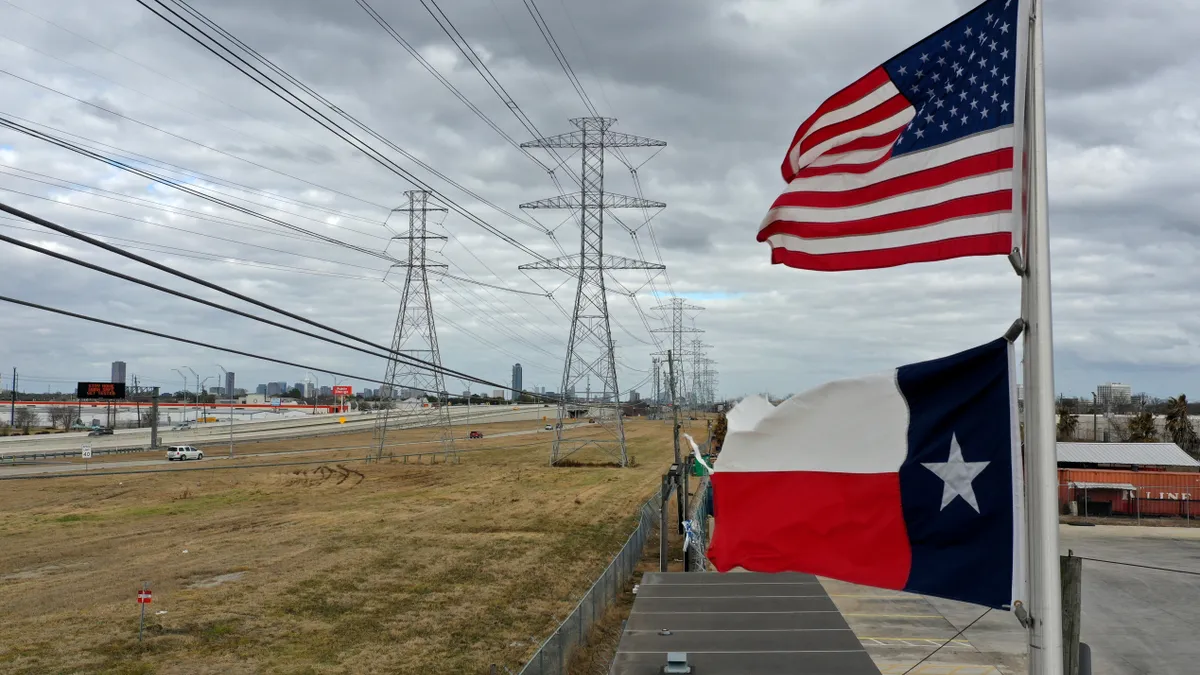Rising renewables penetrations are increasing the need for utilities to alter rate designs.
More dynamic pricing can signal customers when bill savings are possible for shifting use away from high demand periods. Automated technologies can help customers respond. And strong customer participation in these programs can turn variable renewables' threats into system benefits.
But will this overburden customers?
The key is a "seamlessly" integrating wholesale prices and automated home appliances, writes Brattle Group Principal Ahmad Faruqui in his Public Utilities Fortnightly article, which imagines 2040 pricing structures.
Affordable automated home energy management systems with set-it, forget-it technologies could someday allow customers to preprogram use-parameters to match dynamic rates, utility rate design authorities told Utility Dive. But such automation is not yet available, and until it is, dynamic rates require interest in electricity bills few customers have.
An alternative paradigm is electricity providers delivering services through subscription agreements. Tiered price contracts would allow customers to choose parameters but leave control to electricity providers.
2040 rate designs
With over 85 million homes now equipped with advanced metering infrastructure (AMI), utilities are preparing to opt-out time of use (TOU) rates toward more dynamic rates.
Voluntary dynamic rates that vary with electricity's value to the system are offered by about half of U.S. investor-owned utilities, according to a 2018 Brattle Group study. On average, 3% of customers opt-in.
New rate designs that engage customers through dynamic price signals will be vital to meeting 2040's system and customer needs, Faruqui said. If the 2040 supply mix changes to high renewables penetrations and customer behaviors do not support demand side flexibility, "we have a major disappointment coming" from system instability and costs.
"Customers are smarter than we think. Where they have rate options, they have learned how their behavior impacts their energy use and what they pay for energy."

Adam Benshoff
Executive Director of Regulatory Affairs, EEI
Today's rates fall short of the real time pricing (RTP) that would reward retail customers for responding to supply-demand dynamics. "RTP is the most extreme form of dynamic pricing and won't happen at scale until automated home energy management technologies go beyond today's smart thermostats," Faruqui said.
But "the next generation of technologies and customers will take over by 2040 and allow this transformation," he said.
Today's rate structures do not collect the cost of serving customers, Edison Electric Institute (EEI) Executive Director of Regulatory Affairs Adam Benshoff told Utility Dive.
"Today's AMI and smart meters are now available to just over 60% of U.S. homes and can allow a more dynamic pricing structure," Benshoff said. "Customers are smarter than we think. Where they have rate options, they have learned how their behavior impacts their energy use and what they pay for energy."
It remains uncertain whether RTP will make retail markets as price responsive as wholesale markets by 2040, he said. "Most residential customers have limited time and attention for rate complexities, but automated technologies will allow greater customer response."
"[U]tilities are already trying to wrap their heads around the coming change."

Karl McDermott
Former Illinois Commerce Commissioner
Smart grid authorities and customer advocates consistently acknowledge that customer acceptance of dynamic rates will only come if policies first drive deployment of technologies that allow them to take advantage of the rates.
Automated technologies will allow RTP to deliver demand side flexibility because "once the parameters of customers' preferences are programed, customer engagement largely ends," Karl McDermott, a former Illinois Commerce Commissioner, told Utility Dive.
Customers' key decision "will be whether to install the home energy management system," because operating with pre-set parameters will be outsourced to a service provider, he said.
The current level of technology deployment will not support the demand flexibility needed to balance a high renewables system, McDermott said. "But utilities are already trying to wrap their heads around the coming change."
Utilities look to 2040
High renewables penetrations, automated technologies and dynamic rates are coming, but utilities differ on how urgently change is needed.
Procurement of cost-effective large-scale renewables is a bigger concern, PacifiCorp spokesperson Bob Gravely told Utility Dive in an email. It is unclear if a new system of automated technologies and dynamic rates will be accepted by "a vast ecosystem of users," he added.
Ameren is aiming for a variety of dynamic pricing options, the utility's VP Steve Wills told Utility Dive, but currently AMI deployment is the biggest barrier.
Legislation passed by Missouri in 2018 requires AMI deployment to be completed by the mid-2020s, but "we can't move rates too quickly or customers' bills will change too fast," Willis said.
Set-it, forget-it technology is expected to "mature a lot over the next five years" and customers may engage if they see value from those applications, he said. But "industry needs to make it that easy for customers."
The 2040 reality will likely include "parts of many visions," CMS Energy Senior VP for customer experience Brian Rich told Utility Dive in an email. Technology that "allows us to manage demand in new ways" is in place, Rich said. "The next step is about customer engagement."
"People do not get excited about rates, they get excited about what rates enable them to do, whether it is lowering their bills or protecting the climate."

Andre Ramirez
Senior Advisor for Pricing Design and Research, SCE
Southern California Edison (SCE) completed its AMI rollout, has optional RTP and will have migrated essentially all customers to TOU rates by 2021, Senior Advisor for Pricing Design and Research Andre Ramirez told Utility Dive.
Incremental changes over the last 10 years show Faruqui's 2040 vision is not unreasonable, SCE Pricing Design and Research Director Russell Garwacki added.
"The next question is how to proceed, and the answer is better rate structures and price signals and customer awareness," Ramirez said. "Customers will respond to the value proposition in price signals. It is a disservice to them and to progress to assume they won't, and that's not how we get to 2040."
Technology will follow, he said. "Until they understand the value proposition in controlling their energy use to lower their bills, customers will walk past smart technologies on Target and Costco shelves."
But early adopters already have smart technologies and are opting in to RTP offerings, Garwacki said. "The next generation of ratepayers will eventually become the driving force."
Experience with distributed solar and electric vehicles has shown that policy and regulatory frameworks develop "in response to the passion of the early adopters," Ramirez said. "People do not get excited about rates, they get excited about what rates enable them to do, whether it is lowering their bills or protecting the climate."
Price signals and technology can engage customers in the implementation of RTP, but there is another way to accomplish that goal.
Subscribing to electricity
By 2040, today's cell phone and online subscription plans may have evolved into a new paradigm for electricity delivery.
As distributed energy resources transform homes into power plants, more capabilities will be centered in the distribution system, and utilities will need more visibility and control of them, former commissioner McDermott said.
Contract plans and subscription rates from utilities and other electricity providers should be tested, he said. Customers could select the parameters of cost and service for utility-deployed technologies and allow them to be used to strengthen the system and lower their rates.
"The Faruqui paper about autonomous technology and RTP is exactly right, but only for about 10% to 15% of residential customers," Navigant Director Lon Huber told Utility Dive.
"A subscription is straightforward to the customer, but complex to the provider. The question is who we want to shoulder that complexity."

Lon Huber
Director, Navigant
"A high renewables future will require significant over-procurement with economic curtailment and storage to protect against long-duration outages," Huber said. "Most customers would not want to be on a complex RTP rate to address that. High renewables penetration will make the marginal cost of energy essentially zero most of the time, with very expensive, hard-to-predict, capacity scarcity events."
The subscription concept "transfers all the complexity to electricity providers sophisticated enough to manage it," he added. "Netflix profits from handling bandwidth complexities, and electricity providers can profit from controlling demand flexibility, which should motivate them to see that advanced and automated technologies are deployed to customers and used."
Both RTP and subscriptions lead to automated technologies handling residential energy management, Huber said.
Subscriptions and outcome-based, customer-centered pricing "is where everybody else in the economy is going," he added. "This is not a traditional flat bill offering. A subscription is straightforward to the customer, but complex to the provider. The question is who we want to shoulder that complexity."
"People have different lifestyles and needs. By 2040, they will understand more and value options even more. Who knows what the world will be like in 20 years?"

Ahmad Faruqui
Principal, Brattle Group
Dynamic pricing optimizes the dynamic price of energy, but that is essentially fixed in a high renewables future in which the marginal cost of energy approaches zero, Helen Lo, co-author of a paper advocating for the subscription concept and member of the Sacramento Municipal Utility District (SMUD) distributed energy strategy team told Utility Dive.
Customers could select from several plans that, if designed well, would be simpler than dynamic pricing, Lo said.
The concept faces three important "design challenges," the paper reported: Striking the right balance between the number and granularity of service plan options; balancing between too much customer choice and too much plan rigidity; and structuring proper enforcement mechanisms.
Customer choice, not an ideal rate structure, is the objective, Faruqui said. "People have different lifestyles and needs. By 2040, they will understand more and value options even more. Who knows what the world will be like in 20 years? My imagining of the future is to start the conversation."






















